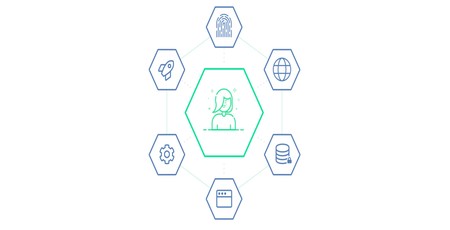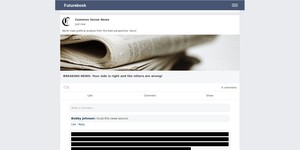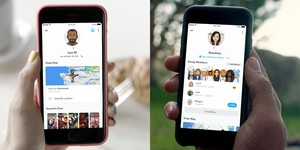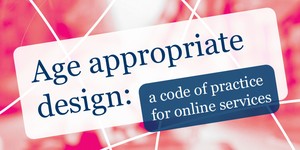Tim Berners-Lee announces Solid privacy project
October 1, 2018 | 11:20
Companies: #european-organisation-for-nuclear-research #inrupt #world-wide-web-consortium

Tim Berners-Lee, founder and director of the World Wide Web Consortium (W3C) and the man behind the first hypertext transfer protocol (HTTP) client and server, the technology underpinning the World Wide Web, has unveiled his concept for the web's successor: Solid.
Born in London in 1955, Tim Berners-Lee became a contractor at the European Organisation for Nuclear Research (CERN) in 1980 then returned as a fellow in 1984. It was at CERN he came up with the idea to link the then-emergent concept of hypertext, text-based documents which can contain links to other text-based documents as well other media types, to the burgeoning Internet. Combining hypertext with the Transmission Control Protocol (TCP) and the Domain Name System (DNS), Berners-Lee developed the World Wide Web - by far and away the most popular usage of the Internet to date.
Now, though, Berners-Lee isn't so pleased with the direction the web has taken. 'I’ve always believed the web is for everyone. That’s why I and others fight fiercely to protect it. The changes we’ve managed to bring have created a better and more connected world,' Berners-Lee writes in an editorial published via Medium. 'But for all the good we’ve achieved, the web has evolved into an engine of inequity and division; swayed by powerful forces who use it for their own agendas.'
Berners-Lee's suggested solution: Solid, an open-source project aimed at returning power and control to individuals once again. 'Solid changes the current model where users have to hand over personal data to digital giants in exchange for perceived value. As we’ve all discovered, this hasn’t been in our best interests,' he explains. 'Solid is how we evolve the web in order to restore balance — by giving every one of us complete control over data, personal or not, in a revolutionary way.
'Solid is a platform, built using the existing web. It gives every user a choice about where data is stored, which specific people and groups can access select elements, and which apps you use. It allows you, your family and colleagues, to link and share data with anyone. It allows people to look at the same data with different apps at the same time. Solid unleashes incredible opportunities for creativity, problem-solving and commerce. It will empower individuals, developers and businesses with entirely new ways to conceive, build and find innovative, trusted and beneficial applications and services. I see multiple market possibilities, including Solid apps and Solid data storage.'
Solid goes beyond a vision, too: Berners-Lee is putting his all behind the project. 'I have taken a sabbatical from MIT, reduced my day-to-day involvement with the World Wide Web Consortium (W3C) and founded a company called inrupt where I will be guiding the next stage of the web in a very direct way,' he continues. 'Inrupt will be the infrastructure allowing Solid to flourish. Its mission is to provide commercial energy and an ecosystem to help protect the integrity and quality of the new web built on Solid.'
Solid works, Berners-Lee and colleagues from MIT and beyond explain, on a decentralised model: Users sign up to a Solid POD, a storage device which can be a physical unit within the user's home or office or a virtual device provided by any one of a number of POD provision companies. The key feature: These PODs can be moved at any time without an interruption of service, allowing someone displeased with one POD provider to quickly move to another or bring the POD in-house. PODs can also be used for authentication, as well as storage.
More information on Solid, and links to register for a free online POD for commercial or personal use, can be found on the project's official website.

MSI MPG Velox 100R Chassis Review
October 14 2021 | 15:04









Want to comment? Please log in.